What’s scarier than a vampire? A vampire with a mustache.
Nosferatu (2024) is the most recent bloodsucker to be cast into the spotlight. While many are used to smooth, suave vampires with bright, pale skin that sparkles in the sun, this version of Count Orlok brings a refreshing take to the genre that channels complete and utter terror. From the very first Nosferatu, all the way back in 1922, vampires have gone in an entirely new direction than was F.W. Murnau’s vision. Over time, they’ve been written to be more and more human, more charming than chilling, but it wasn’t always that way.
The original Nosferatu is the first-ever vampire film based on the most famous vampire story on which the entire genre is built, Bram Stoker’s Dracula. It was originally meant to be an adaptation of Dracula, but to avoid copyright infringement, all the names were changed at the last minute. Count Dracula becomes Count Orlok, Jonathan Harker is Thomas Hutter, and Dr. Van Helsing is John Gowott, etc. Nosferatu and Count Orlok laid the groundwork for what would become almost every vampire movie afterward, and, naturally, the films have changed with the times.
Count Orlok in the 1922 film is treated like a creature rather than the humanized version of vampires many are familiar with today. He’s got rat teeth, big ears, long, sharp fingers, is deathly pale, and has a skinny, lanky frame. However, Robert Eggers in this new film has a more historically accurate Orlok than what the original film had. Dracula is based on Vlad the Impaler, a Romanian noble, and in this new film, Orlok takes a more historically accurate approach. He is designed in such a manner that he actually looks like an undead Romanian noble person, with a similar mustache to many nobles of the time. He has a dignified yet menacing air in contrast to the grotesque, almost cartoonish look of the original Orlok.
It’s worth noting the importance of Vlad the Impaler, or Vlad “Dracula’ Tepes the third, in the world of vampires and horror. He ruled over Old Romania and would use a multitude of tactics to inspire fear within his country, namely impaling his enemies via stakes. Thus, the fashion of Vlad the Impaler and the times is reflected in Nosferatu’s design. Junior and history buff, Jaden Mikel Detwiler explained, “He’s typically portrayed as wearing clothing influenced by Ottoman fashion, and some of the nobles of the time were called boyars, which is also what nobles or rich landowners were called in Russia, so I’d assume fashion was also influenced by Russia’s predecessor, the Kievan Rus.”
Eggers’ interpretation taps into the real-world fear of power and aristocracy. Not only is he a monster, but a symbol of a bygone cruel era in history. The monstrous, overbearing nature of Count Orlok is not only physical but also deeply rooted in the exploitative and oppressive nature of the times that is reflected in his character. The historical depth of the film is haunting and is increased tenfold by Eggers’ style of writing. He leans more into the dark, folkloric aspects of vampirism. It’s a reminder to audiences that these creatures were once seen as not mere monsters or predators, but also tyrants in systems of corruption and decay. In the 2024 film, Orlok isn’t just your usual bloodsucker but a chilling reminder of the darkness that lurks in human history.







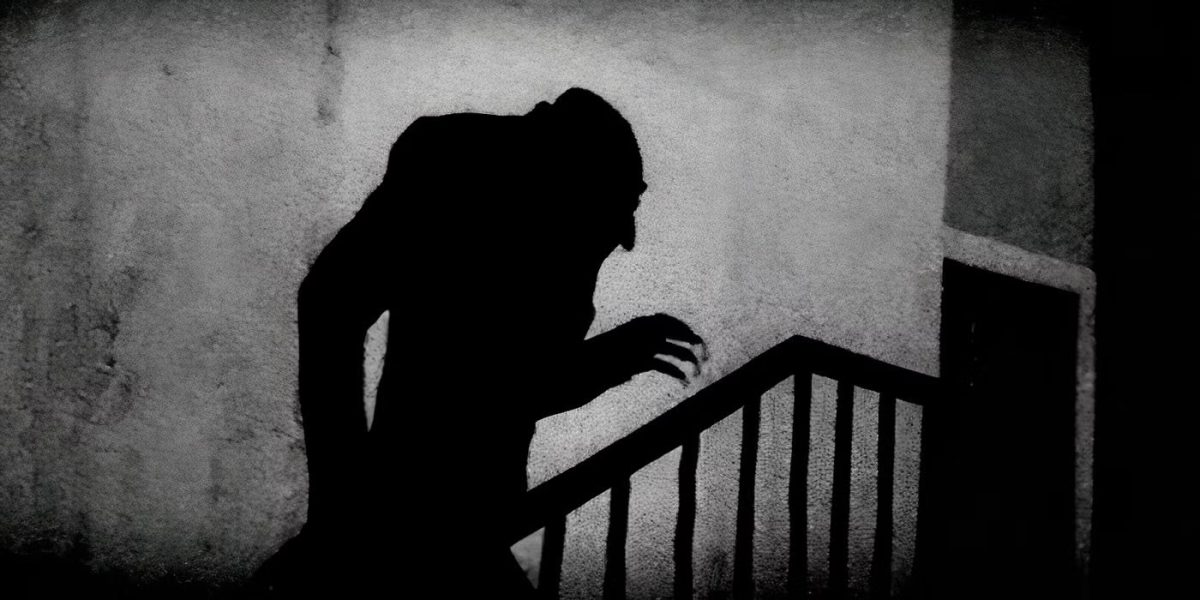
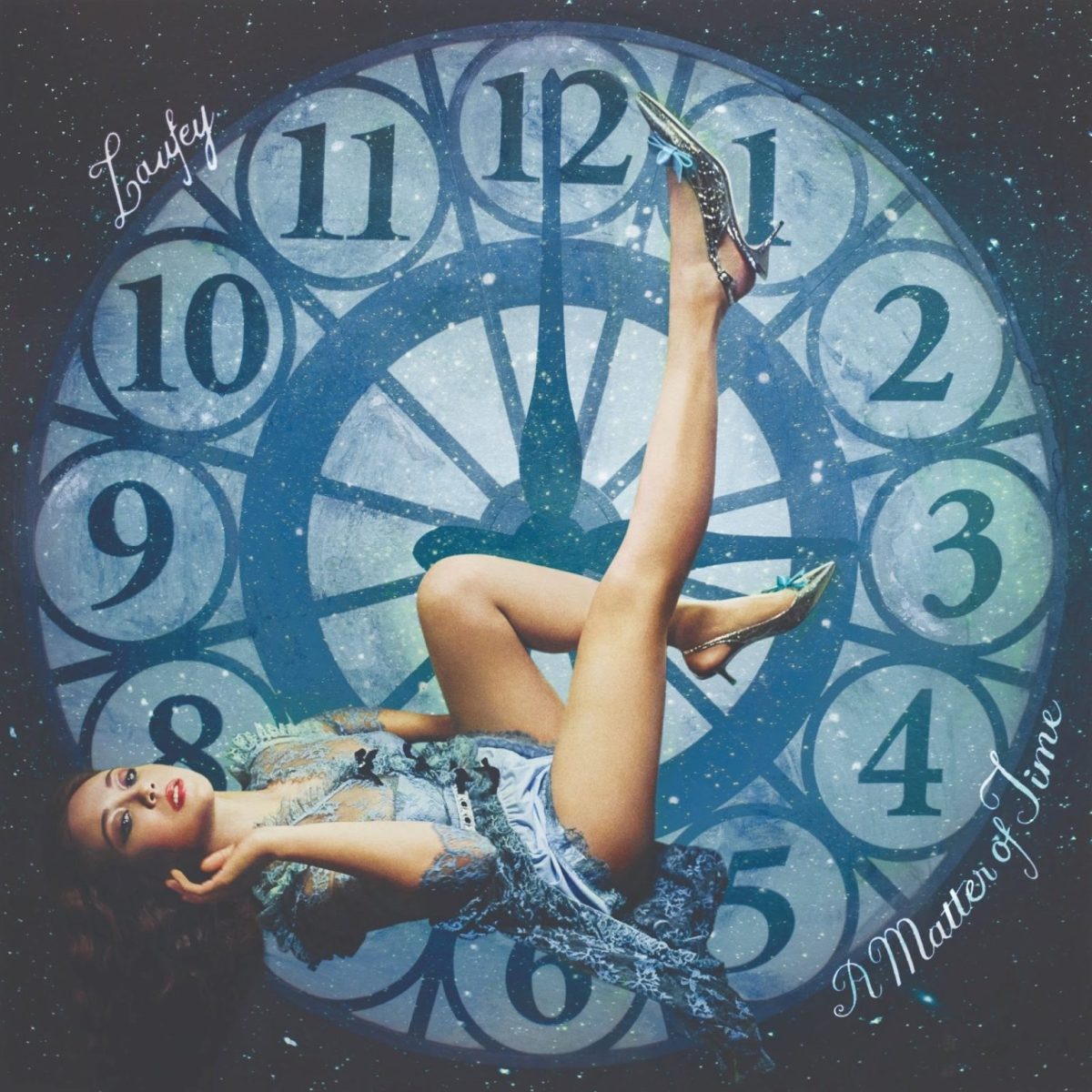
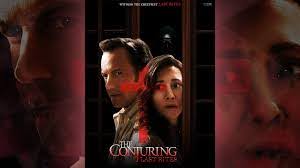






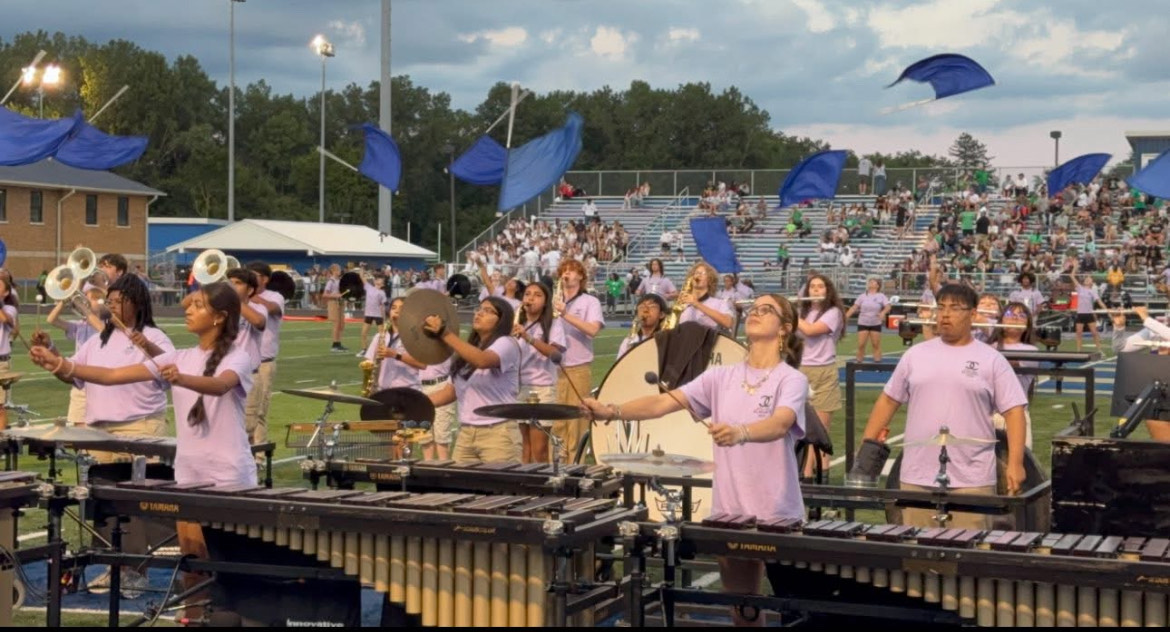


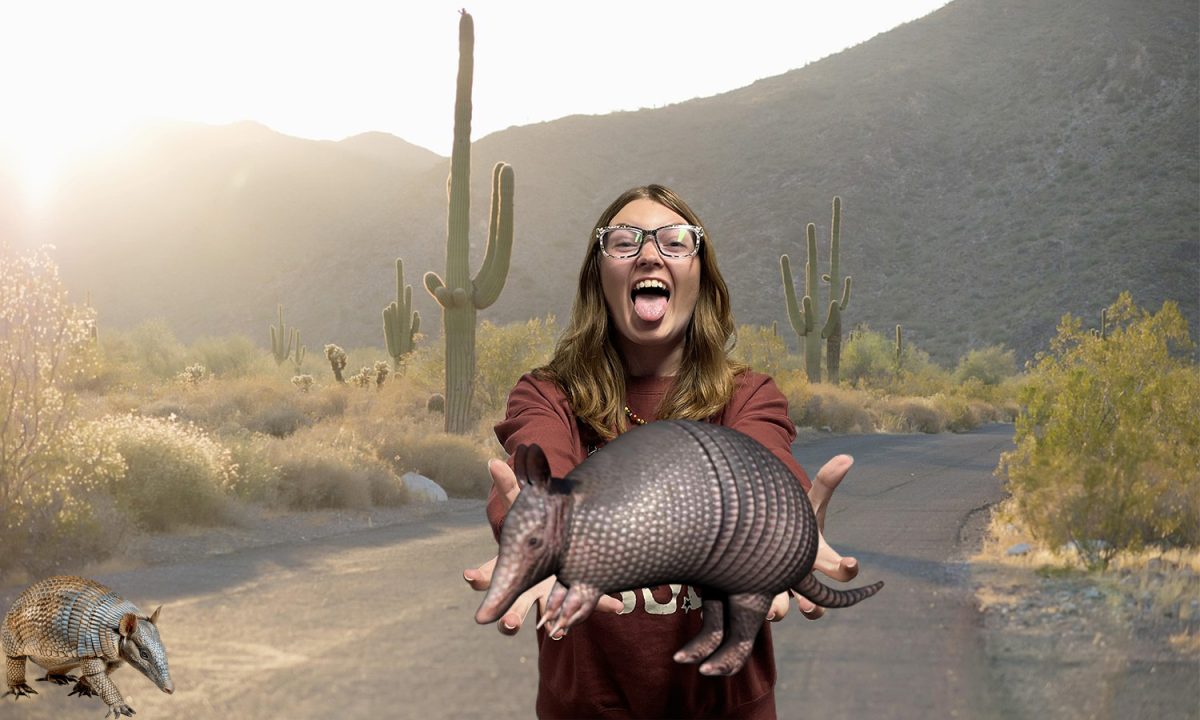

Sierra • Mar 6, 2025 at 10:28 am
This a good telling history of Nosferatu compared to how present day vampires are. I like it.